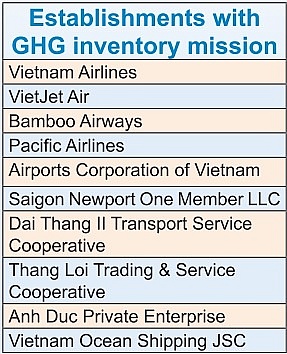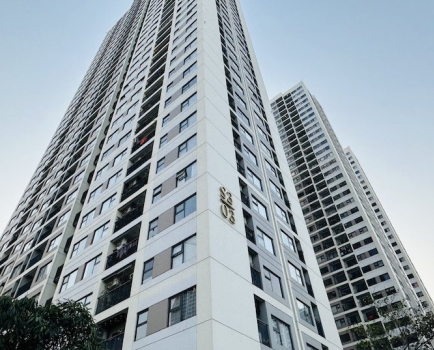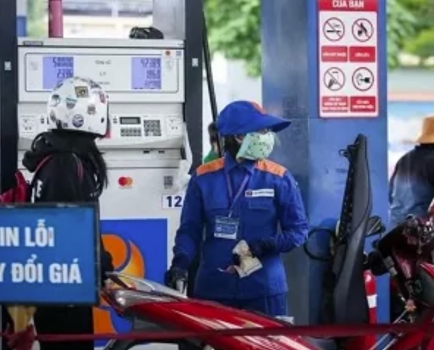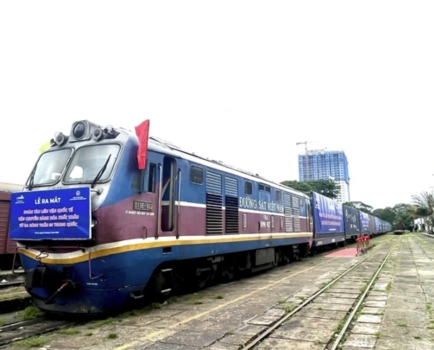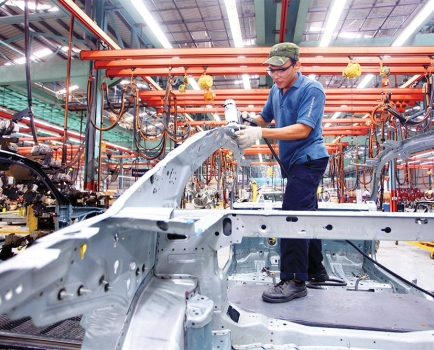Transport segments face up to GHG requirements
Fri, 13 Sep 2024 14:40:00 | Print | Email Share:
Many facilities in the transport sector are facing significant barriers in meeting greenhouse gas inventory requirements due to a lack of capital, human resources, and specific guidelines.
In mid-August, Deputy Prime Minister Tran Hong Ha outlined the list of sectors and facilities required to conduct greenhouse gas (GHG) inventories in Vietnam. It comes into effect on October 1.
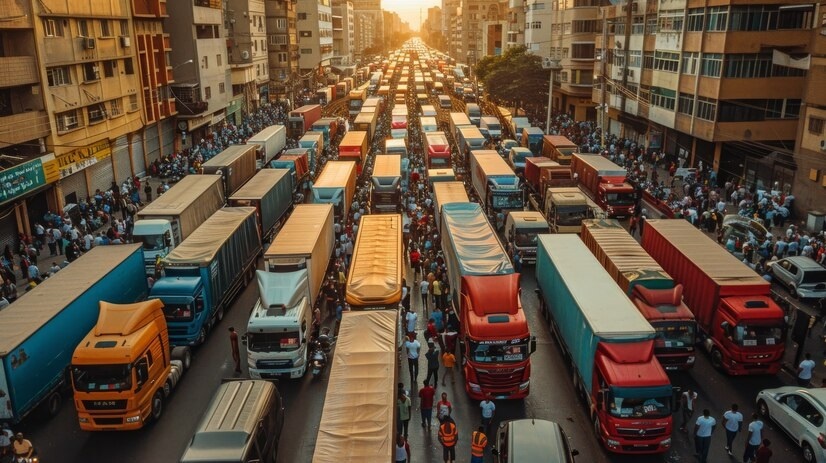 Transport segments face up to GHG requirements, illustration photo/ Source: freepik.com
Transport segments face up to GHG requirements, illustration photo/ Source: freepik.com
Under the directive, a total of 2,166 facilities are now required to conduct GHG inventories, an increase of 254 establishments compared to the previous year. The mandatory sectors include energy, transportation, construction, industrial processes, agriculture, forestry and land use, and waste management.
Specifically, 75 businesses operating in the transport sector, with a total annual energy consumption of 1,000 tonnes of oil equivalent or more, are on the list. This includes the removal of 26 facilities from the initial list, while adding 31 new establishments.
The requirement to submit GHG inventory reports by March next year is putting pressure on newly added establishments. With little time to prepare, many facilities are struggling due to a lack of capital, inadequate human resources, and confusion stemming from the absence of a specific guiding circular.
“When working directly with businesses, we see that companies – and transport facilities in particular – do not have an in-depth understanding of the concept of GHG inventory. This has led to gaps in data collection and storage systems. Many businesses lack essential data, such as energy consumption and raw materials, or if they do have data, it is often incomplete and inconsistent, complicating the inventory process,” said Duong Anh Dung, a technical expert at Energy and Environment Consultancy JSC.
“Only a few businesses have specialised personnel for GHG inventory tasks. Usually, this is handled by environmental or occupational safety staff, resulting in a lack of expertise and affecting the quality and accuracy of the inventory results,” Dung added.
He further highlighted a particular barrier for facilities in the transport sector: the lack of specific circular guidance for GHG inventory and emission reduction. “Meanwhile, the cost of hiring consultants and having inventory results appraised is also a financial burden for many businesses,” he added.
According to the Ministry of Transport (MoT), the transport sector contributes about 18 per cent of Vietnam’s total GHG emissions. Without any intervention, these emissions are projected to rise to around 64.3 million tonnes of CO2 in 2025 and 88.1 million tonnes by 2030.
Within the sector, road transport is the largest contributor, accounting for approximately 85 per cent of total emissions, equivalent to about 32 million tonnes of CO2. This underscores the need for a transition to clean energy sources in road transport as a critical priority.
Tran Anh Duong, deputy director of the Department of Science, Technology, and Environment under the MoT, emphasised the sector’s significant role in achieving national GHG reduction targets and climate goals.
“Through a circular, sustainable, and low-carbon production and business model, the transport sector will directly contribute to reducing GHG emissions, promoting green production and consumption, and achieving the goal of net-zero emissions,” Duong said. “It is, therefore, important to disseminate information and provide training to build capacity for establishments required to conduct greenhouse gas inventories.”
While waiting for specific guidance from the authorities, expert Duong Anh Dung suggests that facilities in the transport sector refer to the guidelines of other sectors or apply international standards from the Intergovernmental Panel on Climate Change.
“The panel has developed comprehensive methodology guidelines for national GHG inventories, special reports, and technical papers, which can serve as valuable resources for companies conducting their inventories. In addition, businesses should prioritise enhancing the specialised capacity of their workforce,” Dung said.
By: Nguyen Kim/ VIR
Source: https://vir.com.vn/transport-segments-face-up-to-ghg-requirements-114349.html
---------------------------------------------
Same category News :



